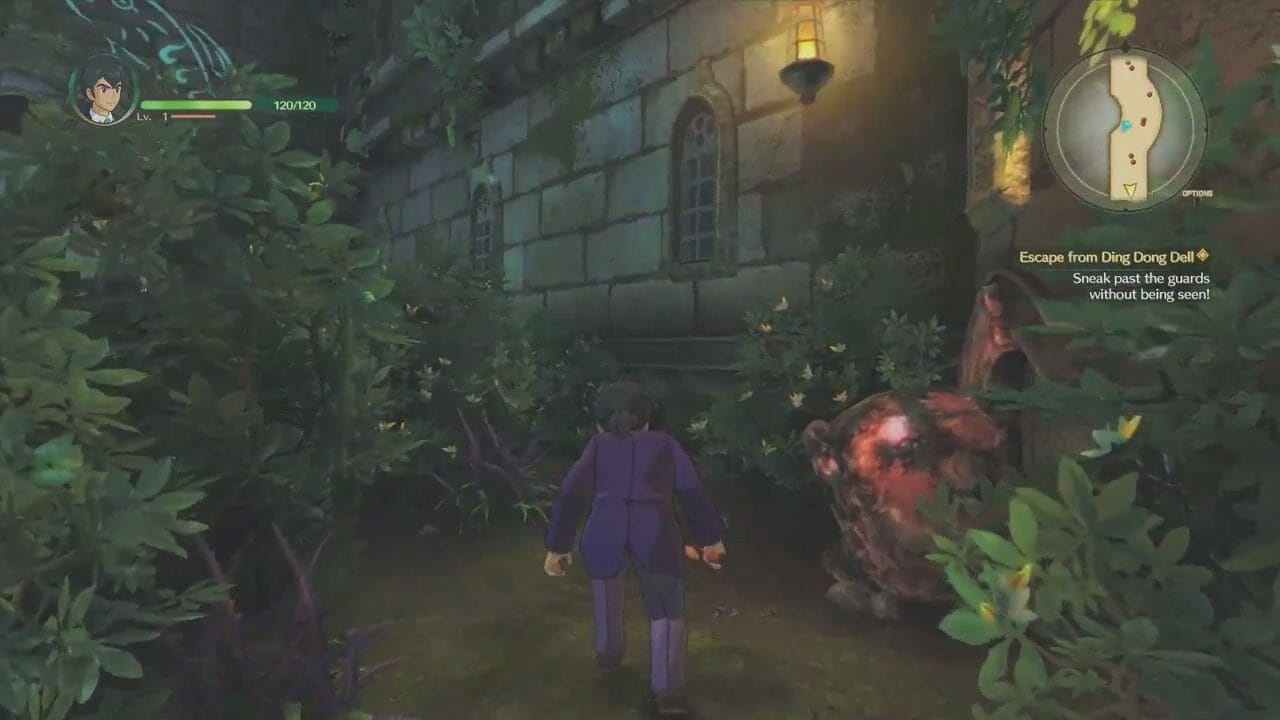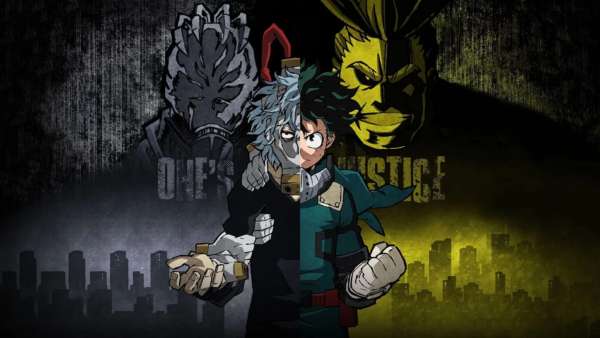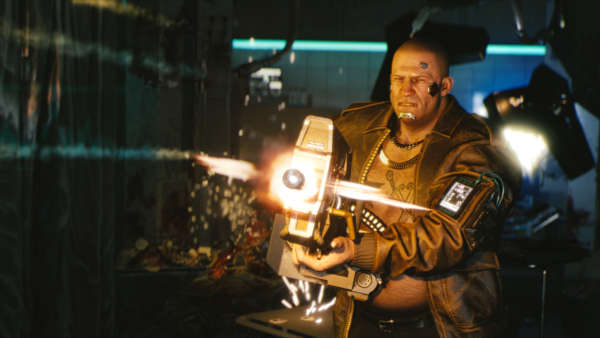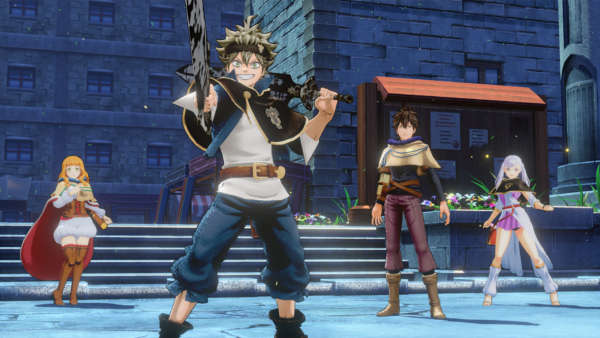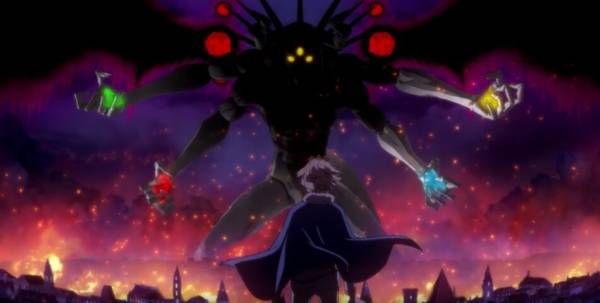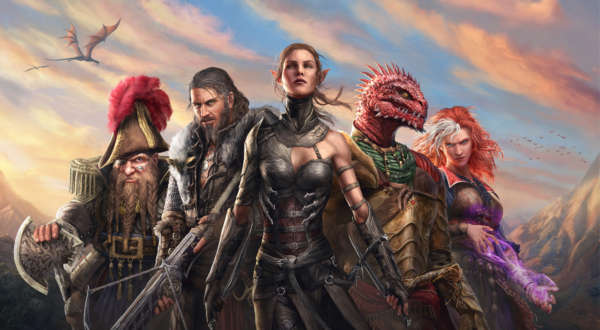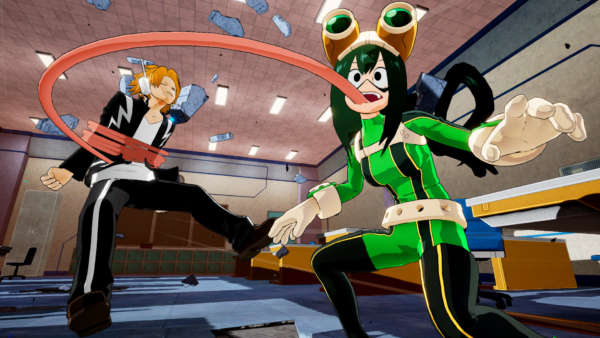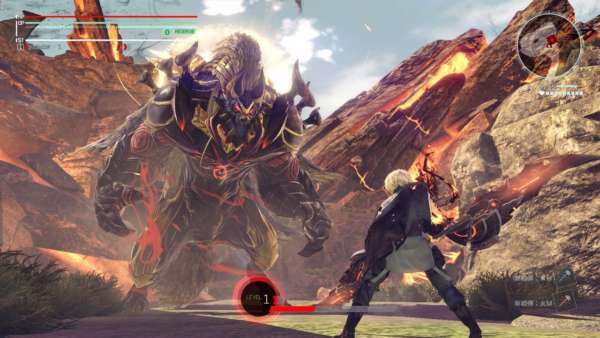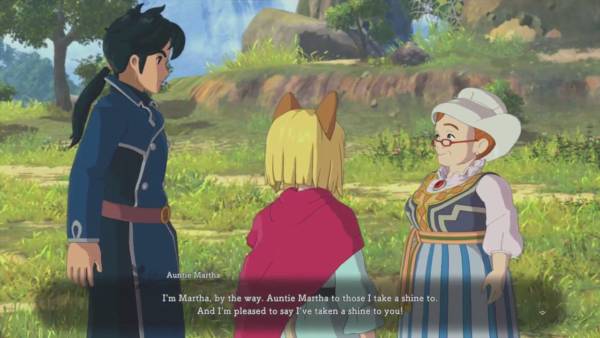The original Ni No Kuni was released exclusively in Japan for the Nintendo DS in 2010 as a co-development between LEVEL 5 and the legendary animation studio, Studio Ghibli. An enhanced version of the game, Ni No Kuni: Wrath of the White Witch arrived in the West for the PlayStation 3 at the beginning of 2013, receiving critical and commercial success from gamers and anime fans alike. Earlier this week, LEVEL 5 have finally released the long awaited sequel, Ni No Kuni II: Revenant Kingdom after several delays to improve the quality of the game. Thankfully in this case, the extra time has definitely been worth the investment from both a graphical and gameplay standpoint.
The sequel takes place several centuries after the events of Wrath of the White Witch, but you do not need to have played the first game to understand what is going on. After being forcefully abdicated from his throne during a violent coup, a young king named Evan must join forces with a mysterious stranger named Roland who has been summoned from another world to reclaim his royal status. Along the way, Evan must forge new alliances with his neighbouring kingdoms to build a world where everyone can live happily ever after. The story doesn’t feel quite as strong as Wrath of the White Witch, but the narrative is filled with plenty of twists and turns such as the betrayal of one of your closest allies. One of the best moments is a scene which takes place within the first hour of the game, involving a strong willed character which the player will inevitably form a close connection to.
Ni No Kuni II’s battle system has been completely overhauled since the original game. Instead of utilising traditional turn based systems, Evan and his allies now fight their enemies in Kingdom Hearts styled real time combat. It is now possible to attack your foes with a combination of light and heavy melee attacks, in combination with a projectile weapon such as Tani’s crossbow, Evan’s magic wand and Roland’s pistol. This new system feels much more user friendly than the one found in Wrath of the White Witch, and is certainly not as tough to master as new mechanics are continuously added to the mix.
The difficulty curve remains fairly consistent throughout the game, although there are a few occasions where the bosses tend to jump several levels above your party average, particularly when you reach the Goldpaw area in the third chapter of the game’s storyline. The improved frame rate and lack of delay between choice and attack makes each encounter feel much more exhilarating, making the time honoured tradition of grinding for experience much more enjoyable.
